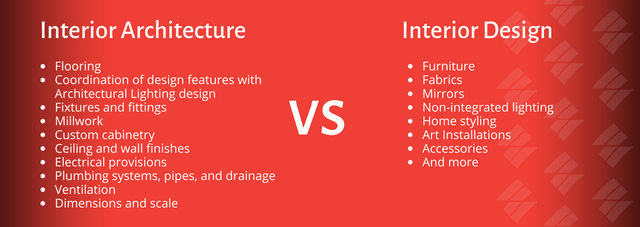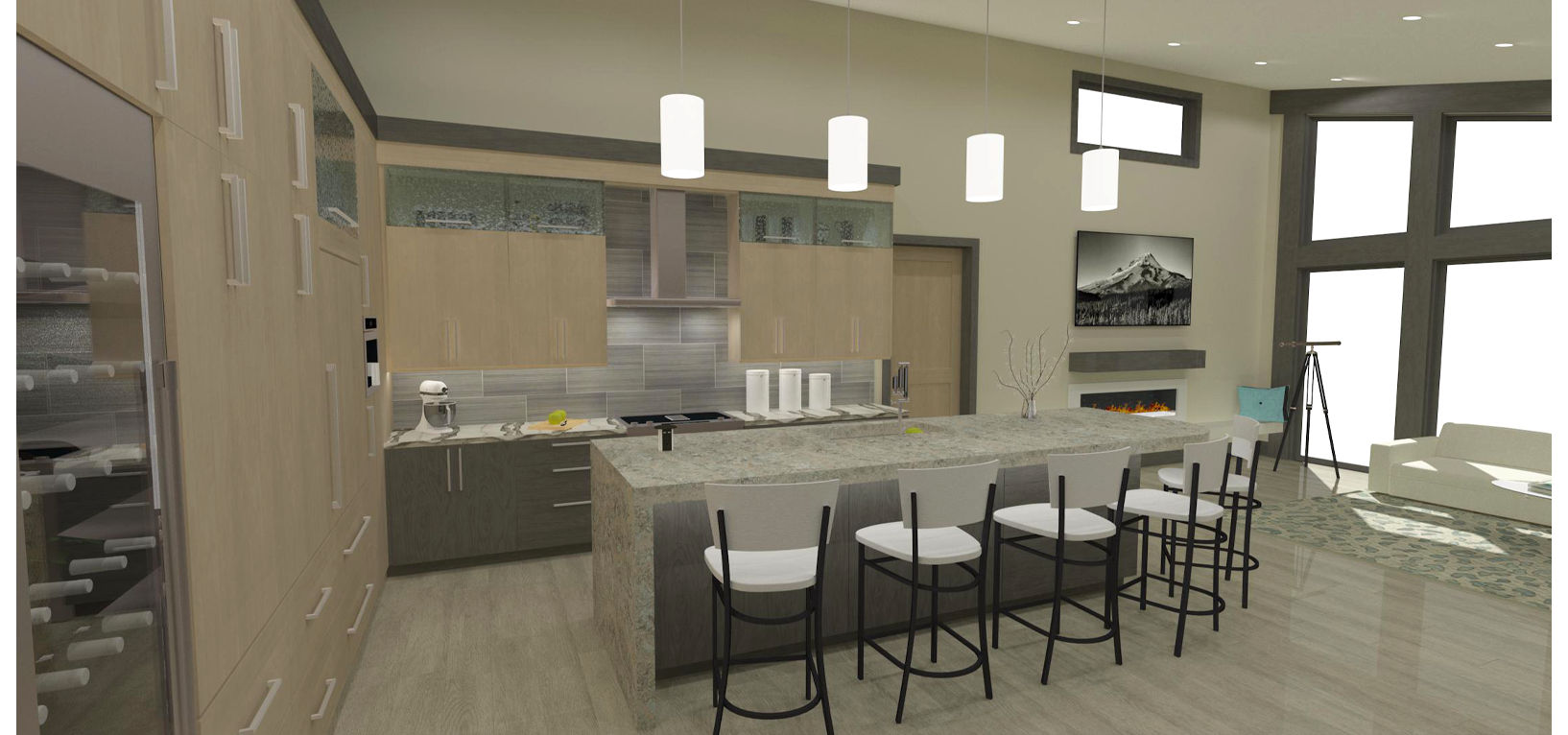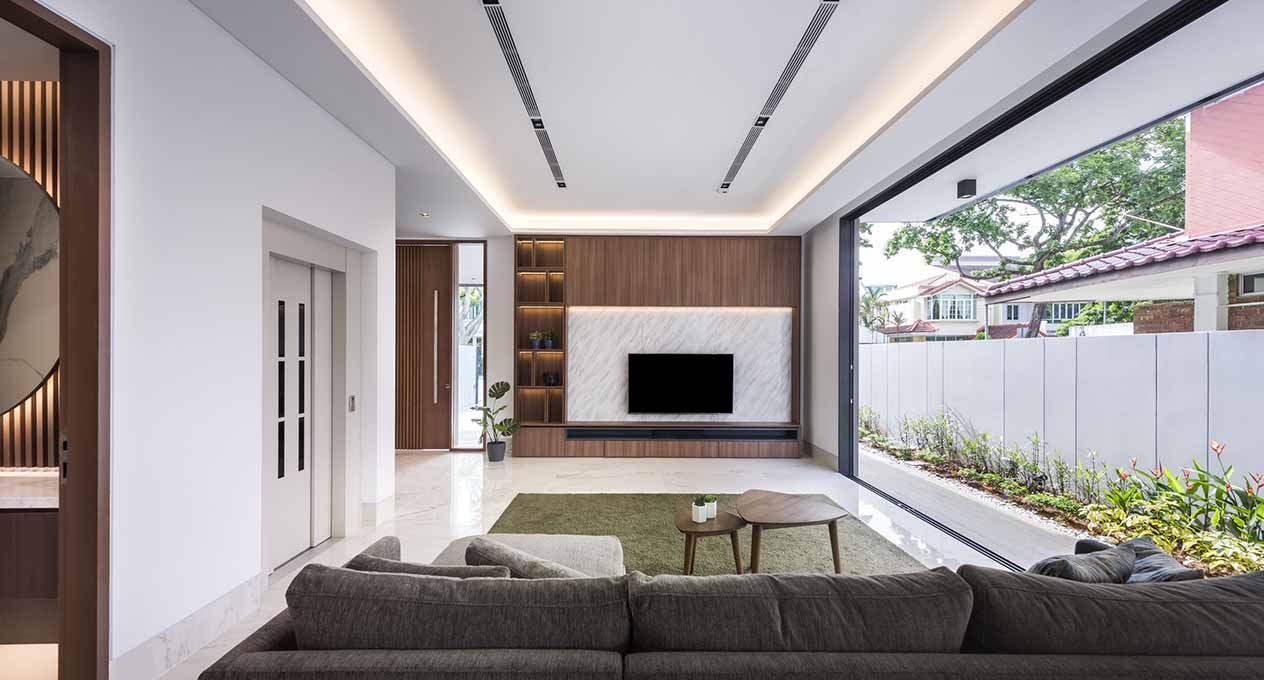Stylish Countryside Homes Interior Design for Rural Retreats
Stylish Countryside Homes Interior Design for Rural Retreats
Blog Article
Designing Your Dream Room: The Influence of Interior Design and Home Engineer on Home Looks
The magic of developing a desire home exists not only in building expertise but likewise in the fragile virtuosity of interior decoration. These 2 techniques intertwine, with architecture supplying the skeletal structure while interior design breathes life into the room with furnishings, structure, and color option (Countryside Homes interior design). This smooth blend leads to a customized sanctuary that resonates with the property owner's identity and lifestyle preferences. Just how does this unified mix impact home looks and, in turn, our everyday lives? Stay tuned to explore even more.
The Crossway of Interior Design and Design: More Than Fulfills the Eye
Although lots of people think that interior layout and design are 2 separate techniques, a closer assessment reveals a remarkable junction in between the 2. Architecture lays the structure, providing the covering within which interior decoration runs. The kind and function of a room are not entirely determined by its architectural design. Interior Design plays a critical duty in improving and finishing a structure's building elements, concentrating on the choice and discussion of indoor items such as furnishings, components, and finishes. It is the interplay of these 2 techniques that brings a space to life, changing it from a plain structural entity into an all natural, lived experience. This cooperative partnership highlights the value of incorporating building concepts right into interior design, and vice versa, to accomplish an unified and cosmetically pleasing setting.
Taking advantage of the Power of Color Styles and Textures in Home Design
While the structure of a home may be the canvas, it is inevitably the usage of shades and structures within interior layout that brings the vision to life. The strategic application of shades can establish the state of mind, develop consistency, and also affect the viewed size of a room. Neutral tones provide a sense of tranquility and space, while bold shades can draw and invigorate focus. Structures play a pivotal duty in adding deepness and character to a space. Rough appearances, like raw timber or brick, give rustic appeal, while smooth surfaces, like marble, show sophistication. By comprehending the psychological effect of colors and tactile allure of structures, one can efficiently transform a residence into a mentally engaging and visually compelling home.

The Duty of Furniture in Defining Area and Way Of Living
Furniture works as a specifying element in interior design, affecting both space and way of life. It not just gives functional energy however also contributes to the aesthetic appeal of the home. The option of furnishings can significantly impact the assumption of area, with larger items developing an impact of grandeur, while smaller sized, minimal designs can make a space show up roomy. Moreover, furniture functions as a representation of the house owner's our website way of living and individual taste. A choice for vintage, rustic furnishings may suggest a love for practice, whereas streamlined, contemporary items usually suggest a contemporary, metropolitan way of living. Therefore, furniture option plays an important role in individualizing and specifying area, with each item offering as a testament to the homeowner's unique identification. Countryside Homes interior design.

Building Considerations for Personalized Spaces
Beyond the prominent role of furnishings, architectural considerations also play an essential component in personalizing rooms. The design, design, and structure of a home can significantly influence its total visual, performance, and the inhabitants' comfort. Understanding the home's building facets, such as the size and form of areas, the positioning of doors and windows, and the type of products made use of, can aid one tailor their area to their way of living and preferences. Architectural aspects like arcs, columns, stairs, and fire places can offer as the focal factors of a room. Balancing these architectural details with ideal furnishings, color design, and illumination can create a tailored and unified environment. Style, as a result, is a vital consider developing one's dream room.
The Psychological Impact of Aesthetically Pleasing Spaces
The impact of visually pleasing rooms on human psychology is extensive. Alternatively, badly developed spaces can engender sensations of discomfort or stress and anxiety. Interior design and design are not just about creating visually enticing areas, yet also regarding cultivating atmospheres that boost psychological wellness and satisfaction.

Conclusion
To conclude, creating your desire space is a nuanced process that balances the architectural aspects of design with the visual selections of indoor design. By carefully picking shades, appearances, and furnishings, you can craft spaces that not only look lovely but also functionally offer your way of living. Eventually, the effective integration of these self-controls promotes health and wellbeing, stimulates creativity, and promotes a sense of personal identification within the home.
Designing Your Dream Space: The Influence of Interior Layout and Home Engineer on Home Visual Appeals Countryside Homes interior design.
The magic of creating a dream More Info home lies not just in architectural expertise but also in the fragile virtuosity of explanation indoor layout. These 2 self-controls intertwine, with architecture giving the skeletal structure while indoor style breathes life right into the room with appearance, furnishings, and shade choice.Furnishings serves as a defining component in interior style, affecting both area and way of living.In verdict, producing your desire area is a nuanced procedure that balances the structural aspects of design with the visual selections of indoor design.
Report this page